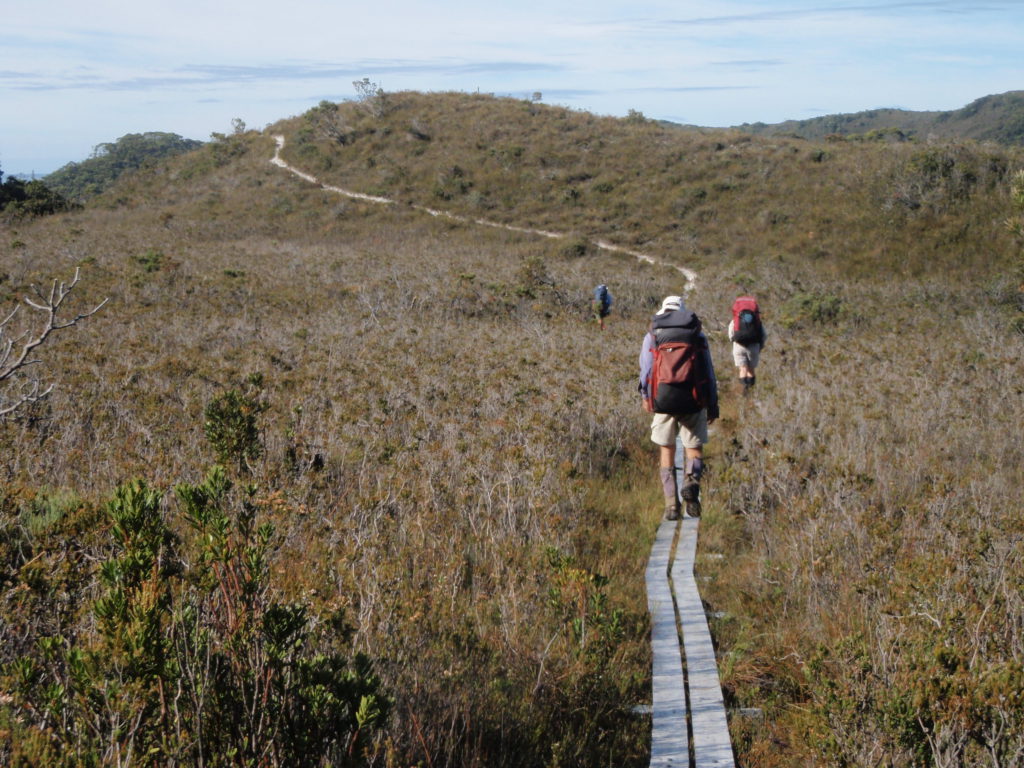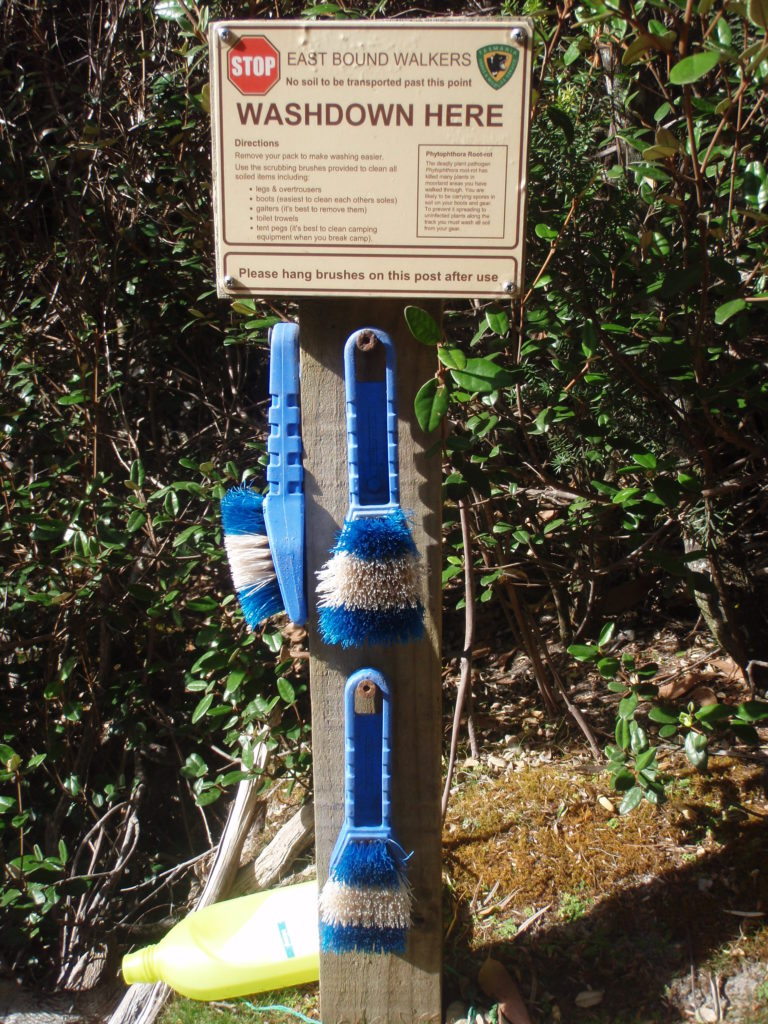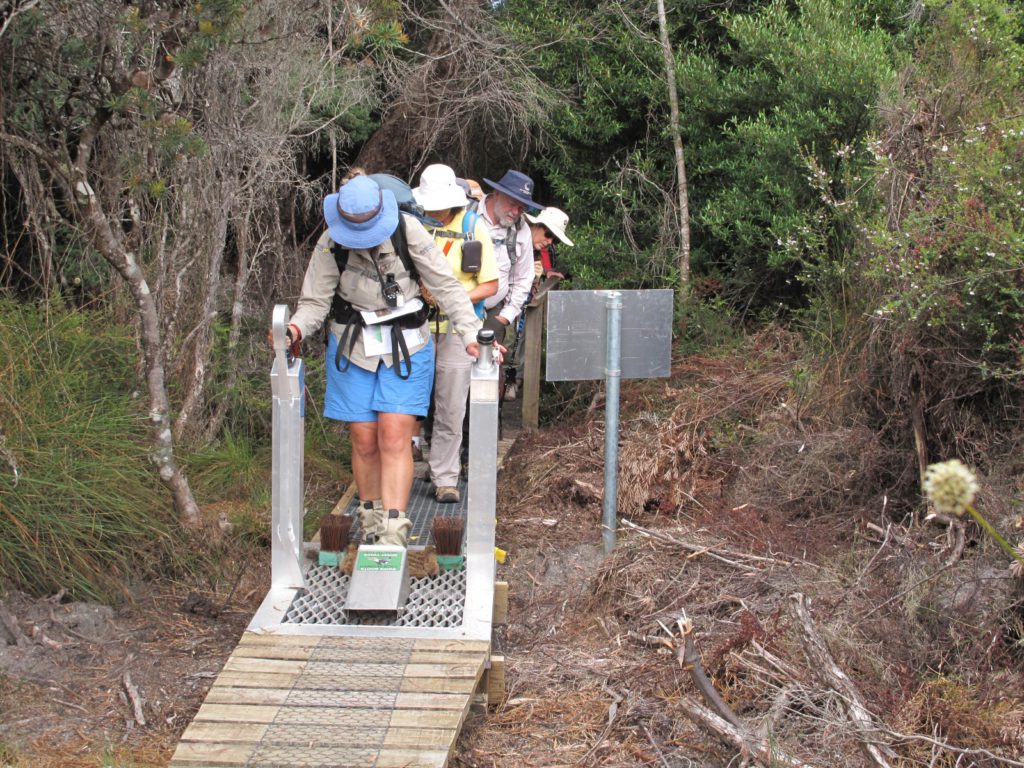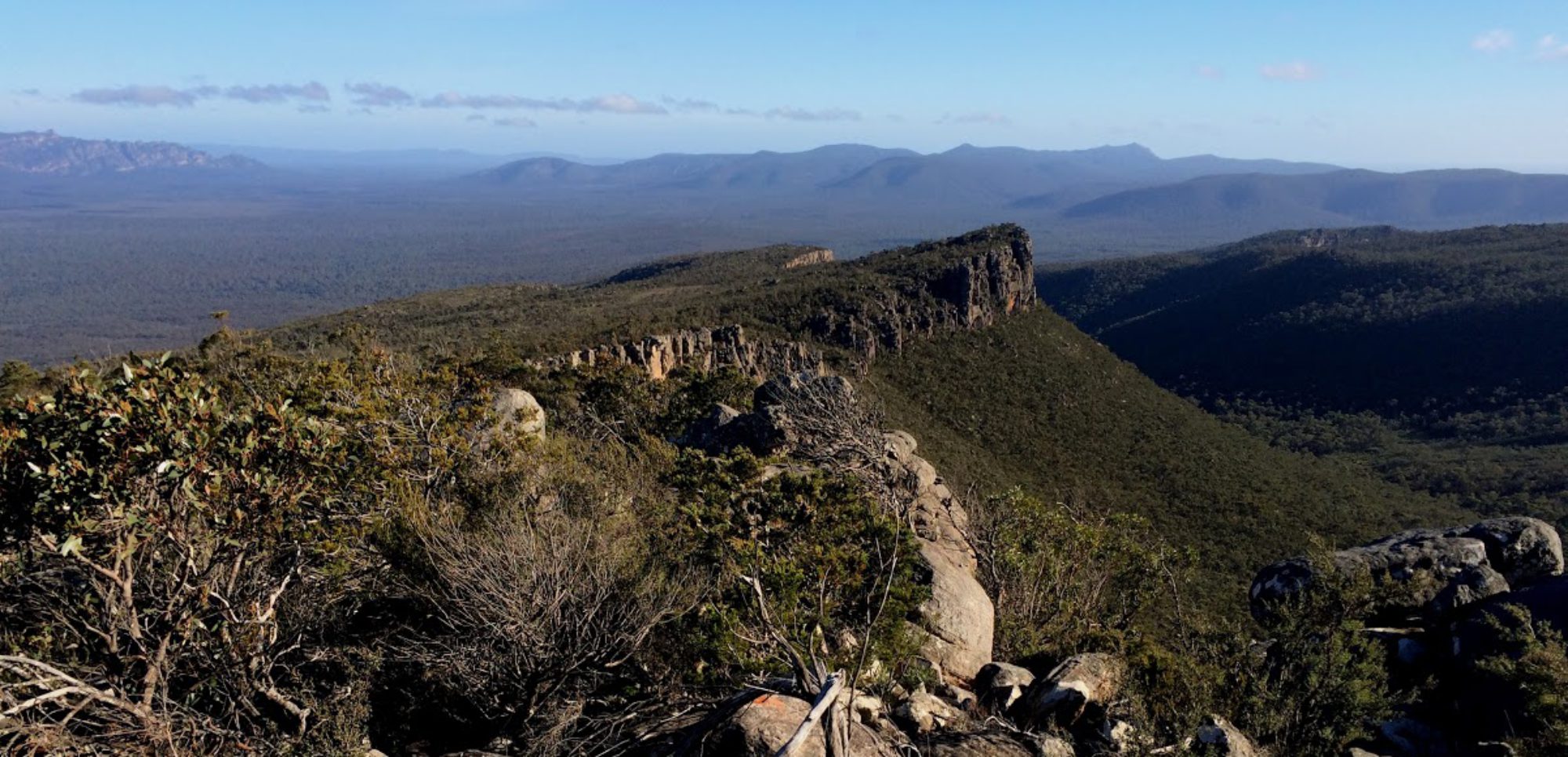Reading Time: 5 minutes
“Leave only footprints and take only photos”
Bushwalkers and other visitors are responsible for protecting natural areas and minimising the impact of their visits.
The following minimal impact strategies and techniques should be used by bushwalkers.
Transport for bushwalking trips
Consider using public transport (rail or bus) to get to and from a bushwalking trip.
If travelling by car:
- Use the minimum number of vehicles to transport everyone in reasonable comfort and safety. This will reduce fuel costs and vehicle emissions.
- Park only in defined parking spaces and in locations which does not obstruct others.
- Stay on roads and tracks. Do not drive on roads that are closed to private vehicles or off tracks.
- Consider walking along access tracks that may suffer damage from vehicles rather than driving along them as far as possible.
Plan to minimise impact
Land managers may restrict access to some fragile environments on public land and in National Parks and wilderness and World Heritage areas. For example, off track walking may not be allowed or sensitive areas may be closed to walkers.
- Keep the group size small to place less pressure on tracks and campsites. This may be a Land Management requirement.
- Consider the sensitivity of locations when planning a trip. Some examples of fragile environments include sphagnum bogs, button grass plains and rainforests.
- Consider visiting high use areas when less people will be there.
Keep to tracks
- Use available existing tracks.
- Follow the track rather than widening it when walking along muddy wet sections.
- Do not take shortcuts. This can increase erosion and visual scarring.
- Do not walk in sensitive areas such as sphagnum and peat bogs and soils and vegetation near waterholes and springs.

Off track routes
- Spread out in sensitive areas to disperse the impact on plants and soils.
- Stay on rocks and hard surfaces where possible. Avoid sensitive vegetation and bogs that are easily destroyed if they are trampled.
- Do not mark trails, blaze trees or build cairns. Markers can confuse other walkers.
Use existing campsites
- Use established campsites wherever possible or a clearing with firm and level ground.
- Use tent platforms when available.
- Do not trample or remove vegetation to create or extend a campsite.
- Leave campsites in the same or better condition than on arrival. Remove rubbish left by others.
- Camp at least 30m from watercourses and lakes when possible.
- Do not dig trenches around tents.
Protect flora and fauna
- Do not damage plants.
- Do not attempt to use living timber as firewood.
- Do not collect plants or seeds to take home.
- Do not destroy or interfere with the habitat of birds and animals.
- Do not feed or leave food for animals. Human food can harm wildlife and cause some animals to become aggressive.
- Avoid bird nesting sites on the ground, beaches, bluffs and cliff faces.
- Leave pets at home. Domestic animals are not permitted in national parks.
Avoid spreading weeds and pathogens
Bushwalkers can transport weeds and pathogens (e.g. Phytophthora, root rot disease) especially on boots, gaiters, trowel, tent pegs and floors, etc.
- Check that all clothing and equipment is clean before leaving home.
- Do not enter designated protected areas.
- Use disease control stations if they are provided on tracks. Scrub boots and use provided foot baths and brushes.
- After a trip, clean all clothing and disinfect equipment used in known contaminated areas.



Protect creeks and lakes
Detergents, soaps, sunscreen lotions, insect repellents and toothpastes pollute water and harm aquatic life.
- Wash your body and cooking utensils and equipment at least 50 metres from a water source to prevent pollutants or infectious microorganisms entering the water.
- Scatter used water away from watercourses.
- Use sand, grass or a kitchen scourer to clean dishes and utensils. Avoid using soap or detergent.
- Do not discard food scraps into water supplies.
Disposal of toilet wastes
- If there are no toilets bury human waste and toilet paper 15 cm deep at least 100m from campsites, water sources and tracks. Use a trowel to assist burying human waste.
- Carry out sanitary products as they will not degrade.
- Always wash hands thoroughly after toileting.
- Used toilet paper can be sealed in ziplock bags, stored in a waterproof sack and carried out. Toilet paper does not degrade quickly.
Some people may choose to use a “poo tube” or a sealed dry bag to store and carry human waste out from fragile wilderness environments, places of high use or where there are no suitable burial places. A poo tube can be made from 100 mm PVC pipe.
Do not toilet in restricted areas (e.g. catchments of alpine lakes in Koscuisko National Park)
Use a stove for cooking
- Cooking with a stove is more environmentally-friendly than cooking over a fire. Stoves are safer and do not require the use of precious and scarce wood.
Many popular walking locations are now designated “fuel stove only” areas. Campfires are not permitted.
Campfires and fireplaces
- Campfires are generally unnecessary. If you choose to have a campfire, light it only where permitted in a provided fireplace.
- Many parks prohibit collection of firewood because fallen timber provides vital shelter and food for native birds, animals and insects. Where a campfire is permitted, only use specifically provided wood.
- Keep fires small and use them only when needed.
- Never leave a campfire unattended.
- Thoroughly extinguish a campfire using water before leaving.
Comply with Fire Regulations at all times.
Carry out all rubbish
- Plan your trip to minimise rubbish. Avoid taking unnecessary packaging, bottles, tins and aluminium foil.
- Take sealable plastic bags to put waste in.
- Carry out all rubbish including food scraps. It is not acceptable practice to burn or bury rubbish. Do not leave anything behind thinking it is natural or biodegradable.
References and external links
- Walk softly – Department of Environment and Science, Queensland
- Minimal impact camping – Department of Environment and Science, Queensland
- Leave no trace – Parks and Wildlife Service , Tasmania

